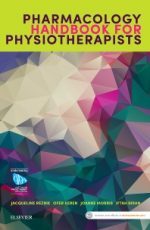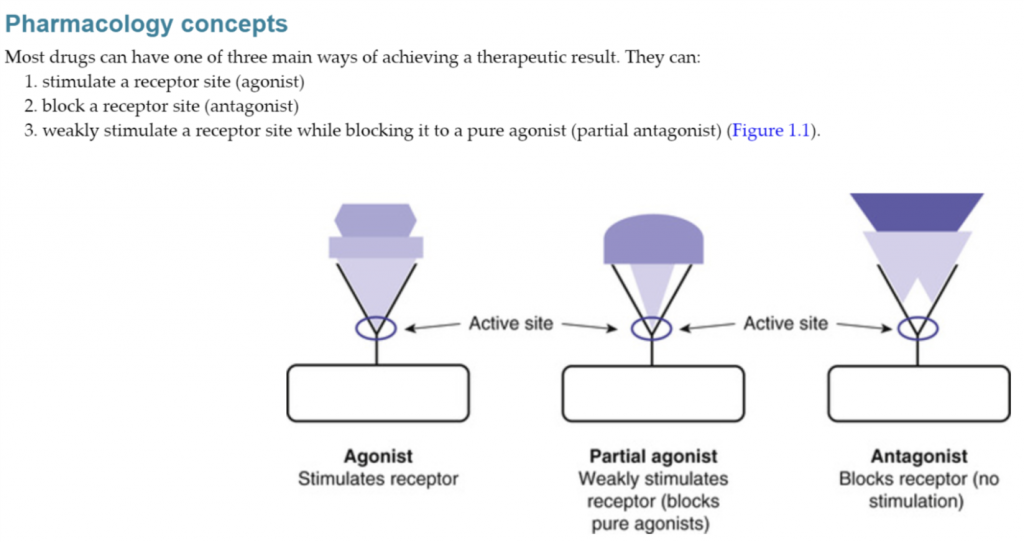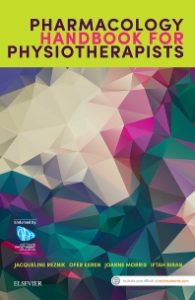
I have put this book through its paces over the past few weeks and I have to say it has exceeded my expectations. To a lot of Physiotherapists, drugs are not at the forefront of their assessments. However as this book perfectly explains, it is a necessary part of our assessments which we should embrace. With increasing chronicity, age and complexity of living with multimorbidity, it is important we understand how medicines affect a persons movement and function within the scope of physiotherapy practice. To understand more about these concepts make sure you watch Rachael Lowe’s interviews with co-editors of the book; Jacqueline Reznik & Joanne Morris.
First of all it is important to mention that this book is useful for prescribers as well as non-prescribers , I say this as although it is designed to be a reference guide, it does a good job at outlining the basics of pharmacokinetics and pharmacodynamics. The book, like both of those processes, is logical and if followed step-by-step, does a good job at making quite complicated concepts digestible.
This is thanks to simple and easy to understand diagrams (such as the one to the below) which are effective at reinforcing the lessons learned in the text.
After taking you through the basic concepts of pharmacology, the lessons are then applied to individual areas of physiotherapy practice. Cardiovascular, respiratory, women’s & men’s health, musculoskeletal & orthopaedics, neurology, pain, endocrine, haematology, mental health and considerations in extremes of age are all covered by same formula. Common conditions are described within context of physiotherapy practice and then the application, kinetics and dynamics of the correct medicine is explained. Side effects and considerations are addressed, and this is an important concept for therapists. By understanding side effects you then are aware of those which may masquerade as physical symptoms, or are dangerous to the patients health. You can then intervene appropriately.
For those physiotherapists who may be skeptical or anxious that prescribing or understanding medicines may take you away from your core principles and foundations as a therapist can rest assured. This book regularly reminds you that exercise is often the best and preferred option. For example, in the Woman’s and Men’s Health section, during the discussion of the pharmacological management of stress incontinence, the book is quick to remind us exercise is the best path. This theme is repeated throughout the entirety of the book, and this is the fundamental concept of prescribing for physio’s. Empowering our patients to take control and be aware of the alternatives to medicine where possible. You can be assured of this as each section is co-authored by a medical specialist.
This book is written with an Australian slant, that is, it includes reference to Australian legislation. It should not put you off though, as the rationale and content of the book is relevant to all countries. There are no brand names of medicines mentioned within this book so transferability to lessons learned is ensured.
Strengths
- Succinct, to the point and allows you to easy to grasp the main points
- Easy to use with a clear relevance to physiotherapy
- Covers most common areas of physiotherapy
- Grounded in the core principles of physiotherapy
- The book leaves me wanting more
- Generic names of medicines used throughout
- Each section is written by a physiotherapy and medical specialist
Weaknesses
- It leaves me wanting more for specialist areas
- Some physiotherapists will find this text intimidating
- Australian Focus of legislation/implications within Australian scope of practice
In conclusion this book is a great addition to reference texts used by prescribing and non-prescribing physiotherapists alike. Without an understanding of how medication affects our patients we cannot expect to truly advance our profession forwards. As you read this book you begin to understand why. This text will really open the floodgates for more books like this, for more specific deep-dives into specialist areas and how niche medicines affect physical performance.


No comments:
Post a Comment